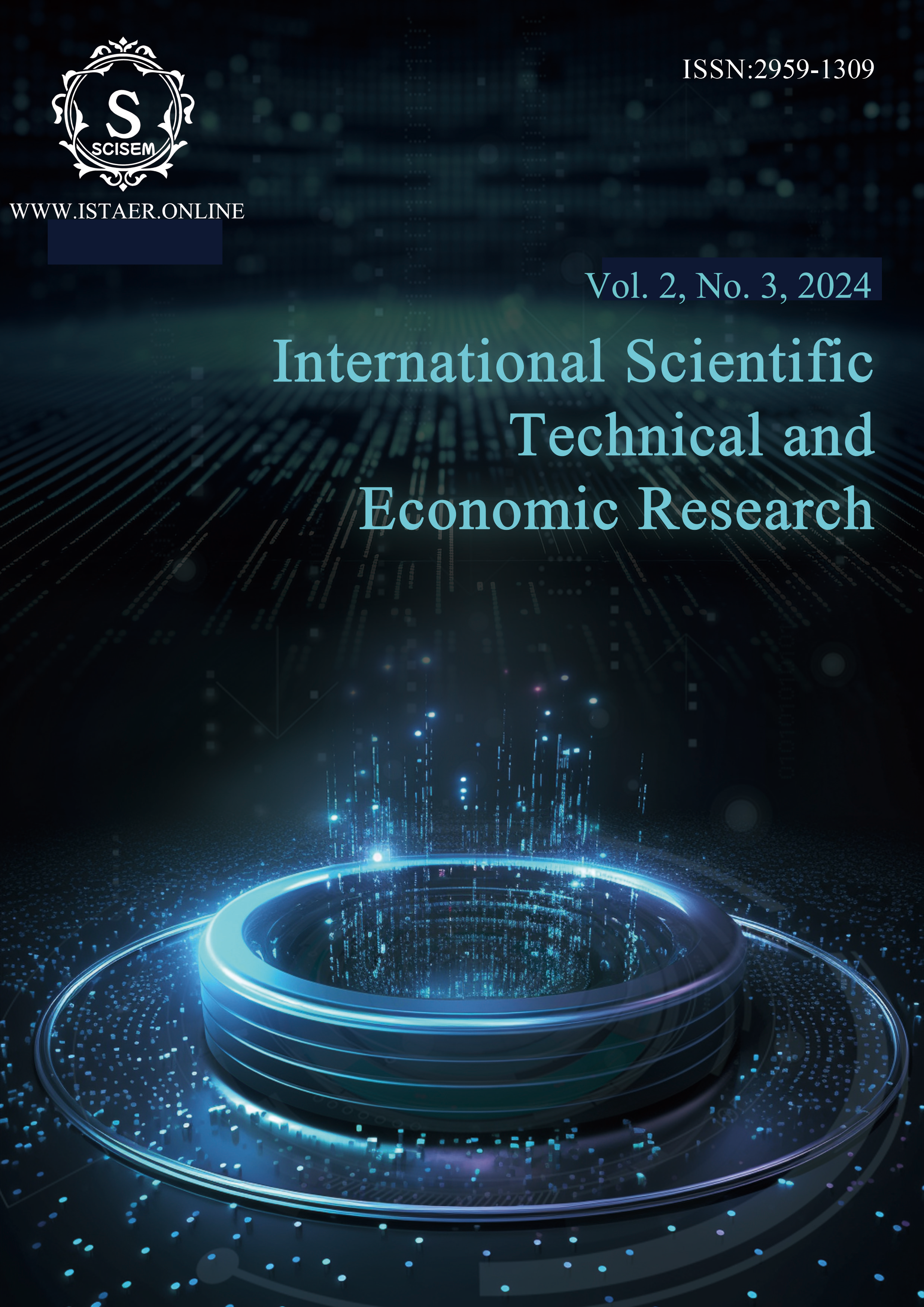Clinical efficacy of new sedative drugs based on machine learning big data statistics Analysis and prediction
Keywords:
Clinical Experiment of New Sedative Drugs; Efficacy Analysis and Prediction; Machine Learning; Big Data Statistics; Analysis and PredictionAbstract
In order to solve the analysis and prediction of the clinical efficacy of sedative drugs and the problems of adverse drug reactions, various methods of differential analysis, correlation analysis, regression prediction and data sampling are used to explore the connection between the clinical efficacy analysis and prediction and adverse reactions. The new drug group R and traditional drug group B were subdivided into intraoperative adverse reactions (cough, body movement and other intraoperative reactions) and 24 hours postoperative adverse reactions (dizziness, headache, drowsiness, fatigue, abdominal distension and abdominal pain, and other postoperative reactions). After Spearman medical statistical correlation analysis, the significance scale and correlation coefficient thermal map were obtained, and the important factors with P value <0.05 were selected. A normality analysis of the underlying signs of patients under different agents then confirmed that subject selection was without sample selection bias. Considering the paired relationship between the two sedative groups and the three corresponding vital signs (e. g., heart rate, pulse, blood pressure), the paired T test was used to assess significant differences. Finally, a multiple linear regression model was used to analyze the cause of the difference and predict the IPI within 3 minutes of drug administration based on medication information and patient information. R drugs had a positive effect on patient satisfaction, while the total dose of sedatives, the total dose of analgesics, anesthesiologist satisfaction, and endoscopist satisfaction had a negative impact on patient satisfaction. These three vital signs differ between the new drug and traditional drug groups. Based on the development of artificial intelligence in the new era, taking new drugs as the background and combining with medical clinical experiments, the application prospect of clinical experiments and points out the current shortcomings, aiming to provide basis for clinical experiments of new sedative drugs in the future.
References
[1] SPSSPRO. (2021). Scientific Platform Serving for Statistics Professional (Version 1.0.11) [Online Application Software]. Retrieved from https://www.spsspro.com
[2] Mao, S., Wang, J., Pu, X., et al. (2006). Advanced Mathematical Statistics (2nd ed.). Beijing: Higher Education Press.
[3] SPSSPRO. (2021). Scientific Platform Serving for Statistics Professional (Version 1.0.11) [Online Application Software]. Retrieved from https://www.spsspro.com
[4] Xu, W. (2012). Review of the correlation coefficient studies. Journal of Guangdong University of Technology, 29(3), 12-17.
[5] Hong, M. (2021). Effect of postoperative care intervention on early functional recovery in patients undergoing gastrointestinal surgery. Chinese Medical Guide, 19(35).
[6] Shangguan, W. G. (2021). Clinical study of dexmedetomidine and oxycodone on agitation during general anesthesia in elderly patients undergoing gastrointestinal surgery. Rural Health in China, 13(03).
[7] Ma, Q.,$ & Cao$, Q. (2018). Effect of systematic care in patients undergoing gastrointestinal surgery. Clinical Medicine Research and Practice, 3(34).
[8] Tian, S.,$ & Zhang$, Y. (2023). A review of machine learning algorithms and their applications. Software, 44(07).
[9] Lu, G., Zhu, Y.,$ & Xin$, Y. (2008). Difference between statistical significance and actual significance. Statistical Education, 06.
[10] Wang, Z., Han, L., Li, X., Wang, X., Zhang, Z.,$ & Wang$, J. (2023). Progress in machine learning in drug screening. The Chinese Journal of Hospital Pharmacy, 09-22.
*******************Cite this Article*******************
APA:
Zeng, Z., Fang, H., Fan, W., Li, Z., Pan, W., & Li, S. (2024). Clinical efficacy of new sedative drugs based on machine learning big data statistics: Analysis and prediction. International Scientific Technical and Economic Research, 2(3), 22–27. http://www.istaer.online/index.php/Home/article/view/No.2462
GB/T 7714-2015:
Zeng Zhuo, Fang Hao, Fan Wenkang, Li Zizhen, Pan Weijie, Li Shixun. Clinical efficacy of new sedative drugs based on machine learning big data statistics: Analysis and prediction[J]. International Scientific Technical and Economic Research, 2024, 2(3): 22–27. http://www.istaer.online/index.php/Home/article/view/No.2462
MLA:
Zeng, Zhuo, et al. "Clinical efficacy of new sedative drugs based on machine learning big data statistics: Analysis and prediction." International Scientific Technical and Economic Research, 2.3 (2024): 22-27. http://www.istaer.online/index.php/Home/article/view/No.2462
Downloads
Published
Issue
Section
License
Copyright (c) 2024 International Scientific Technical and Economic Research

This work is licensed under a Creative Commons Attribution-NonCommercial-NoDerivatives 4.0 International License.
This work is licensed under the Creative Commons Attribution International License (CC BY 4.0).




